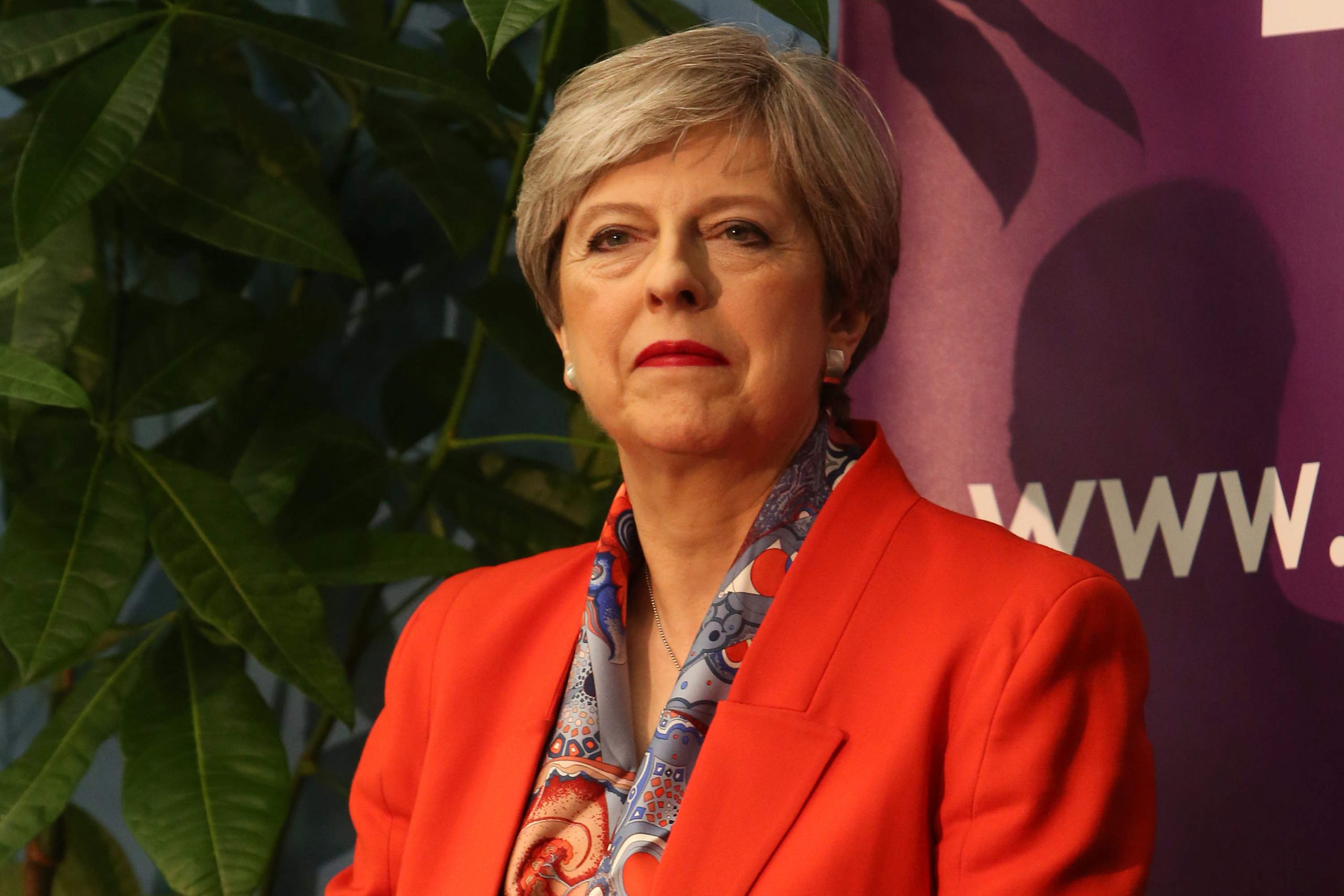
Can the Conservatives win a majority just by waiting? Although the economy looks pre-recessional and the party is split on a number of issues, they have an ace in the hole: boundary changes, which will reduce the number of constituencies by 50 to 600 and make them all the same size, advantaging the Tories.
The final proposals for these changes are set to be completed in mid-2018, with a parliamentary vote in the autumn.
Although the impact of boundary changes can be overstated, they do hurt Labour slightly, but the important part there is the word “slightly”. On current boundaries, Labour needs a swing of 1 per cent from the Conservatives to gain 30 seats and be able to form a comfortable minority government. The Conservatives, in contrast, need a swing of just 1 per cent from Labour to gain 25 seats, and with that, regain their Commons majority. After boundary changes, the Tories need a 0.75 per cent swing and Labour a 1.25 per cent swing to achieve the same result.
But in a close election like the last one, every 0.25 counts. Electoral Calculus’ Martin Baxter has run the figures through the new boundaries, and had the last contest been fought on them, the result would have looked a bit like this:
The Conservatives would have got 298 seats, down 20 from the 318 they actually won last month.
Labour would have got 245 seats, down 17 from 262.
The SNP would have got 32 seats, down just three from 35.
The Liberal Democrats would have got seven seats, down five from 12.
The Greens would lose their sole seat of Brighton Pavilion, and the biggest loser would be Plaid Cymru, which would have got just one seat, down three from four.
In Northern Ireland, the DUP would have lost three seats, with just seven, while Sinn Féin would have been the largest party in Northern Ireland, up two to nine seats.
So all in all, you might think, a lot of fuss about nothing. The Conservatives would have gone from being seven seats short of a majority in a parliament of 650 to two seats in a parliament of 600. But the big, big difference is that once you deduct Sinn Féin’s seats from the total – remember that this party does not take its seats at Westminster – the Conservatives would actually have a working majority of 20 seats.
So the Conservatives just have to wait until they can pass through new boundaries in 2018, right? The difficulty is that passing boundary changes has always been trickier than it looks, because it is good for the Conservative Party but bad for individual Tory MPs. The party has a policy of “No Conservative left behind” – no MP who loses a seat through boundary changes will not be given an alternative one to fight at the election.
But the difficulty is that this was a much more attractive offer when Conservative MPs thought they would be switching a Conservative-held seat to a Labour-held one that would easily fall to the Tories – now it means persuading 17 Tory MPs to vote for unemployment, it’s a much less attractive offer now. (And Tory MPs were always a bit wary of switching their seats, particularly if they felt they had made an enemy of the party leadership.) Still harder a sell are their allies in the DUP, who would have to vote to not only reduce their own numbers at Westminster but also to add to the number of Sinn Féin seats.
So while boundary changes would slightly advantage the Conservatives were they to be implemented, it’s very difficult to see how any changes that reduce the number of MPs will pass the Commons without another election.






